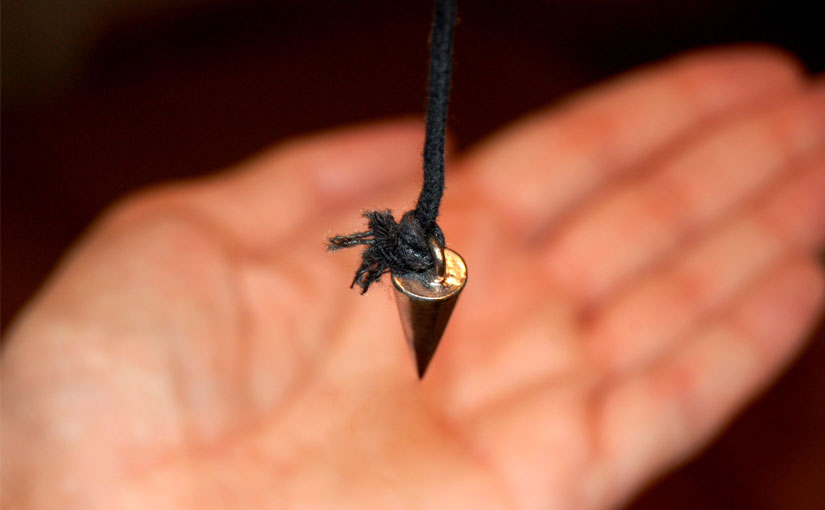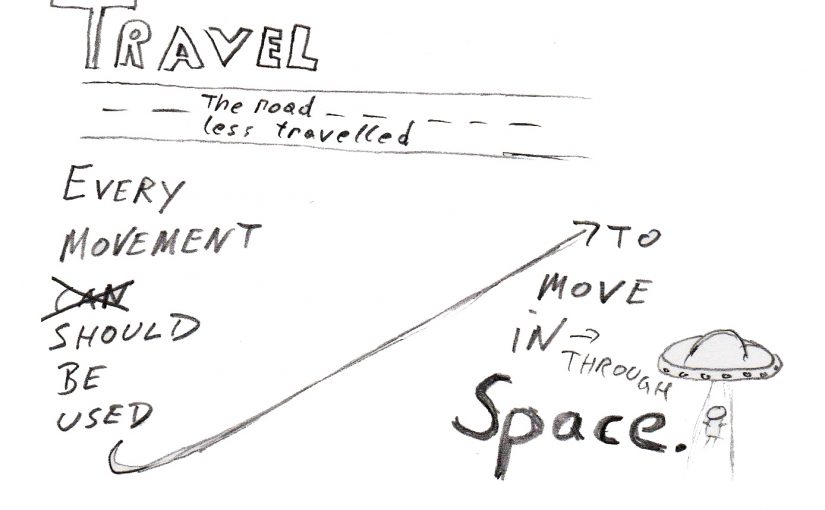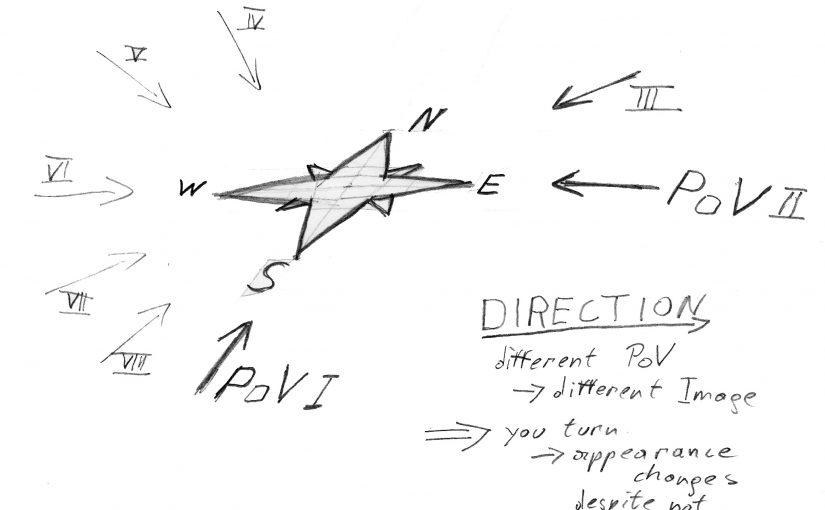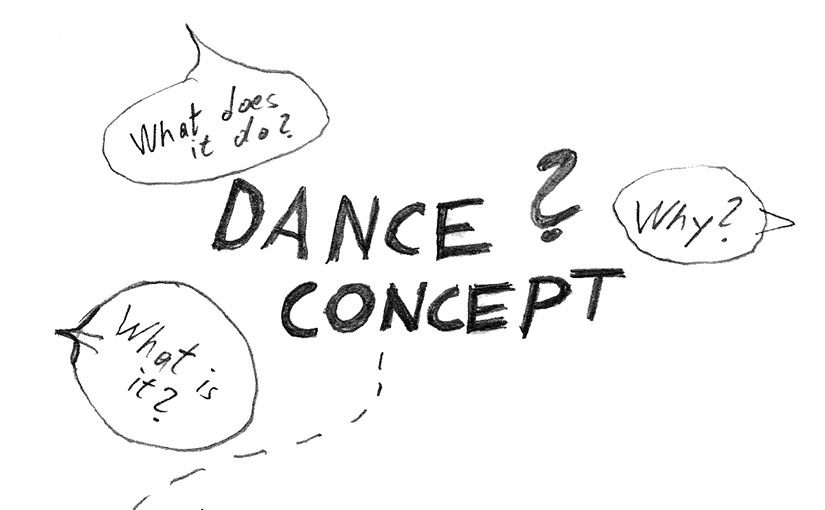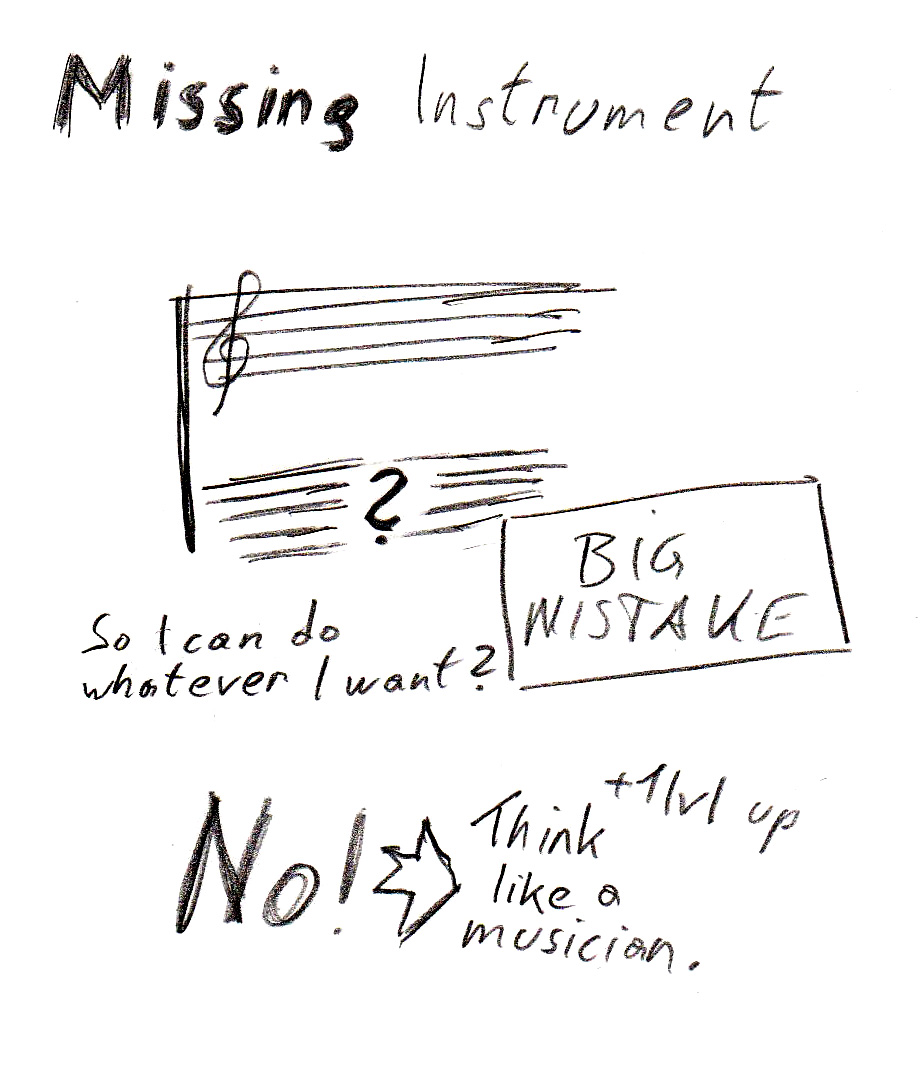This post is a follow up to last weeks introduction article about dance concepts. I introduced the following key-principle.
You should understand every move as an abstract set of instructions that can be applied in different ways.
Yo, right. But what do I do with that information?
When you see every movement you learn in this way, there are certain basic things that you can alter. This gives you a lot of possibilities how to apply this move in different ways.
I’d like to call this basic things that we can alter “the basic questions that we ask every move”. Of course this is only a metaphor as we do not really ask, but I love the dance = language metaphor and will entertain it a lot in the following posts. So it is better to get used to it.
Let’s get to the questions:
The question of direction. How does it look when presented from different angles. This includes choosing different orientation in the space as well as rotating during the move.
The question of speed. What happens when you execute it faster or slower. Every move has a certain speed imprinted to it, that is set by it’s traditional connection to the music. But often a change to this brings really interesting results.
The question of energy. How does a move change when I reduce or increase the amount of energy used. Energy is not always directly related to speed. You can do every movement with a different intention and amount of force. This changes the movement itself.
The question of size. Size does matter in dance. There is a big difference if you reach out in the space as big as possible or try to keep the movement small.
The question of rhythm. How does a change in rhythm change the movement? Like with speed, most moves come with a basic rhythm attached to it. This is usually the rhythm the moves are taught with. But this does not mean that it is the only way to do it. Change the rhythmic phrasing of the move and get some interesting variations for free.
By exploring all the possibilities above you create a whole world of moves from within one movement.
This idea and many others can be found in my first book Dance Smart, which is available on Amazon as ebook and paperback.

